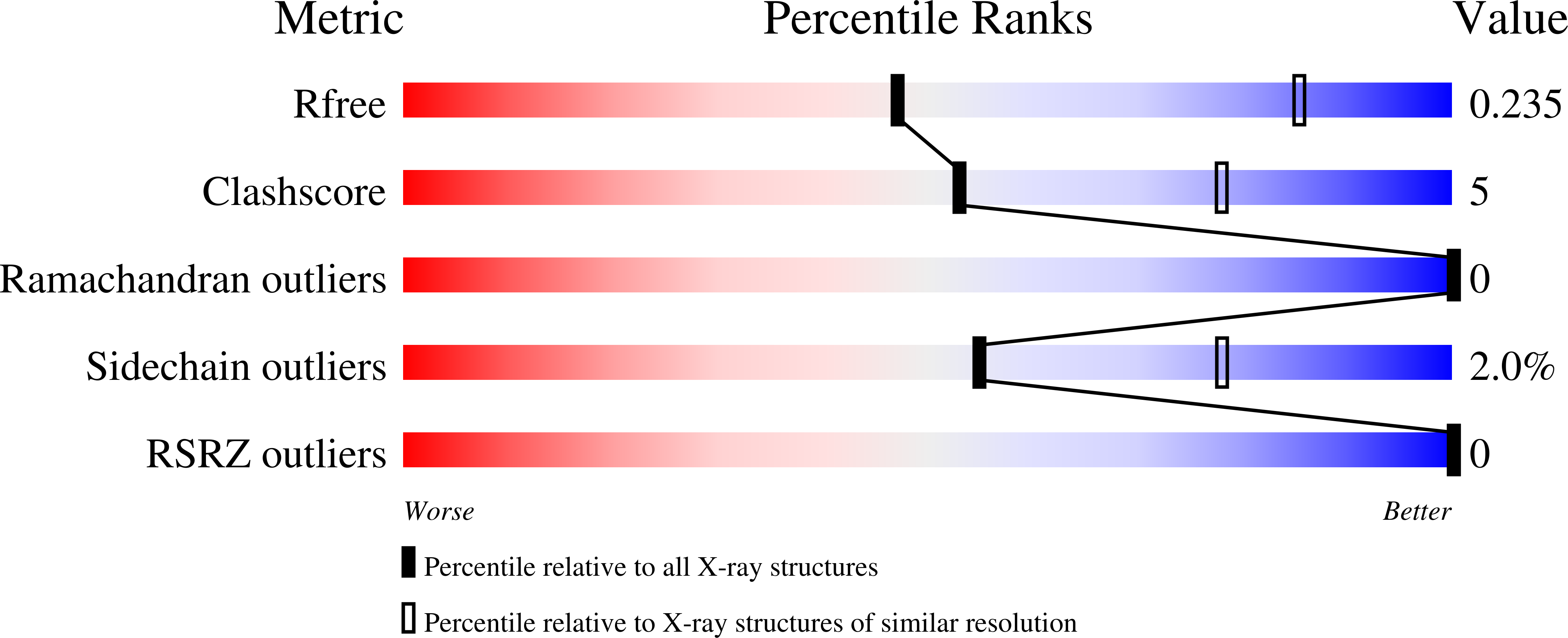
Deposition Date
2014-05-23
Release Date
2015-05-27
Last Version Date
2023-12-06
Entry Detail
PDB ID:
4QGN
Keywords:
Title:
Human acireductone dioxygenase with iron ion and L-methionine in active center
Biological Source:
Source Organism:
Homo sapiens (Taxon ID: 9606)
Host Organism:
Method Details:
Experimental Method:
Resolution:
3.05 Å
R-Value Free:
0.22
R-Value Work:
0.17
R-Value Observed:
0.17
Space Group:
P 64


